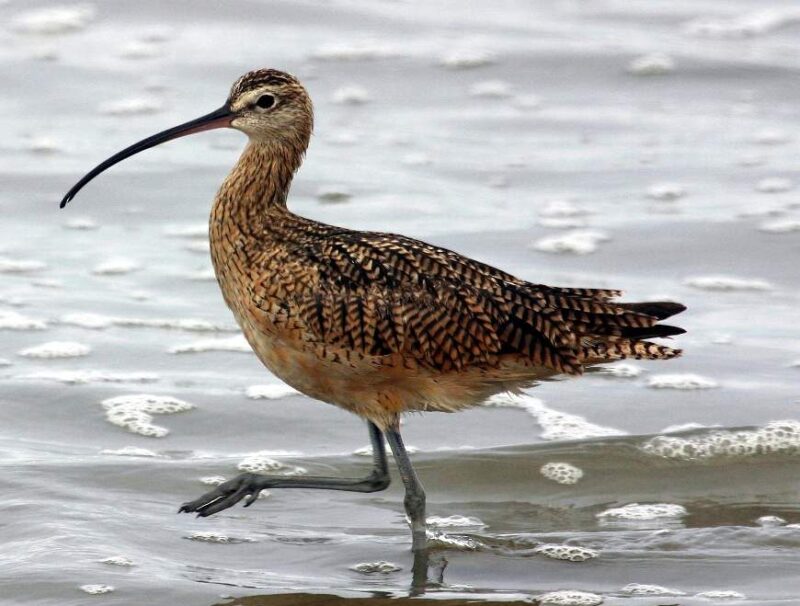Over thirty Curlew chicks are to be released back into the wild all across Ireland in the coming weeks after a successful breeding initiative in Leitrim.
The chicks were given a head start in life thanks to a unique project run by the Breeding Waders European Innovation Partnership (Breeding Waders EIP).
The Curlew eggs were collected from wild birds’ nests and then cared for and reared in special pens until they are ready to be released back into the wild. Some will be geotagged for the study.
Curlew chicks are very vulnerable to predators, so this practice helps to protect them at an early stage. Over the next two weeks, approximately thirty ‘headstarted’ chicks will be released back into their original habitats around the country.
The Breeding Waders EIP is funded by the National Parks and Wildlife Service (NPWS) and the Department for Agriculture, Food and the Marine. The project was established in response to a concerning decline in the numbers of breeding wader birds, for example – Curlew, Lapwing, Redshank, Snipe and Oystercatcher amongst others. Curlew are an endangered bird – in Ireland national data estimates that the curlew population has declined by 98% since the late eighties/early nineties. A 2016 report suggested that without intervention, the curlew would be extinct in ten years.
While there have been encouraging signs from the efforts of local communities over the past eight years, the EIP allows for a significant scaling up in conservation efforts targeting Breeding Waders such as the Curlew.
Donegal is one of the few counties were the breeding curlew remains in the wild, but the population has declined rapidly in recent years.
Owen Murphy, Project Manager with the Breeding Waders EIP said: “This year we are GPS tagging a subset of our head-started chicks, so they can be continuously tracked for the next 2-3 years, giving us better data and insights into their movements, habits, integration back into the wild population and ultimately their survival. GPS tagging head-started waders, is a first in Ireland and we are hugely excited with the prospect of being able to monitor these birds on a daily basis. We’re delighted to be working with the Wildfowl and Wetlands Trust, who are delivering training to our team, enabling us to safely attach these GPS units to our birds.”
“Our efforts will hopefully help us understand how we can prevent the decline of the curlew, increase breeding productivity and greatly increase their chance of survival as an Irish Breeding species into the future.”








